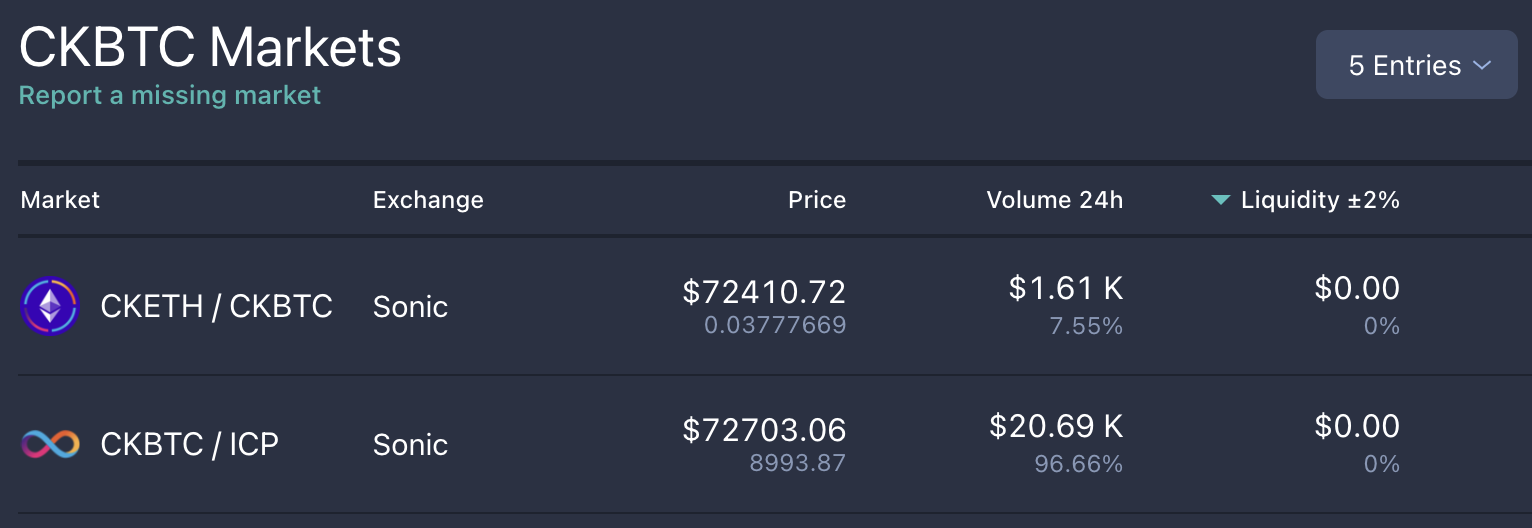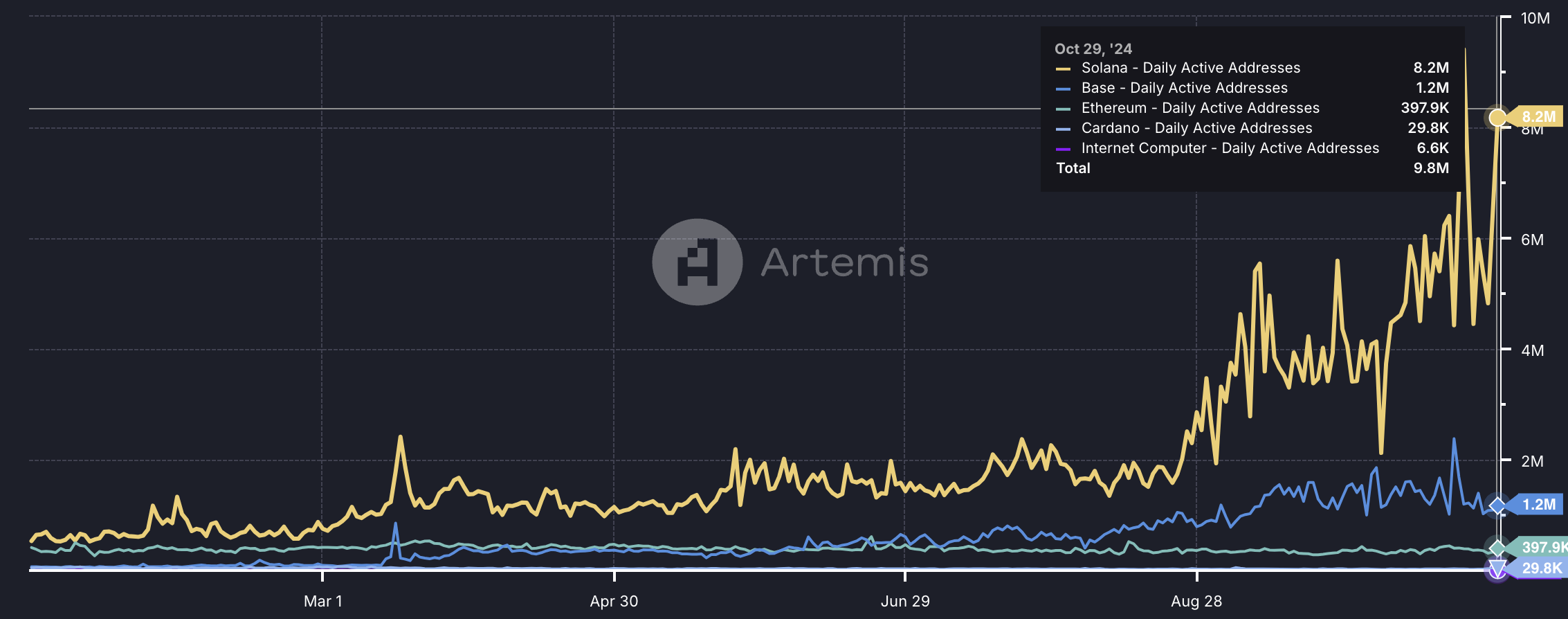Cardano, once the beacon of the "academic blockchain", appears to be pivoting towards the Layer 2 business by extending bitcoin's capabilities. This strategic shift positions Cardano as a potential settlement layer for the world's leading blockchain, bitcoin.
Cardano recently integrated with BitcoinOS via the Grail Bridge, becoming the second major Layer-1 blockchain to tap into Bitcoin's $1.3 trillion liquidity pool, following DFinity's Internet Computer Protocol. This move bridges the gap between Cardano and Bitcoin, unlocking Bitcoin's liquidity for the DeFi ecosystem. Cardano is doing this by bringing its smart contracts to bitcoin. Smart contracts are self-executing lines of code that can initiate transactions when pre-defined parameters are met. They are decentralised and transparent, offering increased security and efficiency for transactions.
Key features of the integration
The Grail Bridge integration uses zero-knowledge cryptography to transfer assets between Bitcoin and the Cardano ecosystem in a trustless manner. Significantly increasing liquidity on the Cardano network. Cardano's founder, Charles Hoskinson, emphasized that this integration effectively provides bitcoin with a Layer-1 smart contract. The move opens up new opportunities for decentralized financial activity within the bitcoin ecosystem.
BitcoinOS Makes Cardano:
☑️A DeFi Layer for Bitcoin
☑️A Privacy Layer for Bitcoin
A $1.3 trillion opportunity, all accessible using BTC as gas. Bitcoiners won't even know they're using ADA.
"BitcoinOS is probably the biggest news item Cardano has ever had." - @IOHK_Charles https://t.co/jsZ40UU7ht pic.twitter.com/uv9nQGHZJi
— BitcoinOS (@BTC_OS) October 28, 2024
The implementation leverages its UTXO model, allowing native interaction with the bitcoin structure. And on the Cardano side, users can pay transaction fees directly in bitcoin, creating mutual benefits for both ecosystems. While the integration is technologically significant, it has led to mixed reactions in the crypto community.
Capitulation for Cardano?
Some worry that Cardano will lose its distinct identity as a standalone blockchain, as it appears to be piggybacking on the success of bitcoin. What is clear, however, is that Cardano will face stiff competition from existing layer 2 solutions and sidechains such as the widely used Lightning network or Stacks. It's likely that the integration will fall flat on its face, like Dfinity's ckBTC, which has seen little to no adoption despite promising security and extremely fast settlement times.

Another aspect is the comparatively low number of active users on the Cardano chain compared to competitors such as Solana, Ethereum or Base. Are the 30 thousand active users enough to be a driving force for Bitcoin DeFi on Cardano? Other DeFi solutions using BTC already exist, with less secure but convenient solutions such as wrapped BTC (WBTC) on Ethereum. This way, BTC DeFi is possible on platforms like Aave, Compound or Uniswap.









